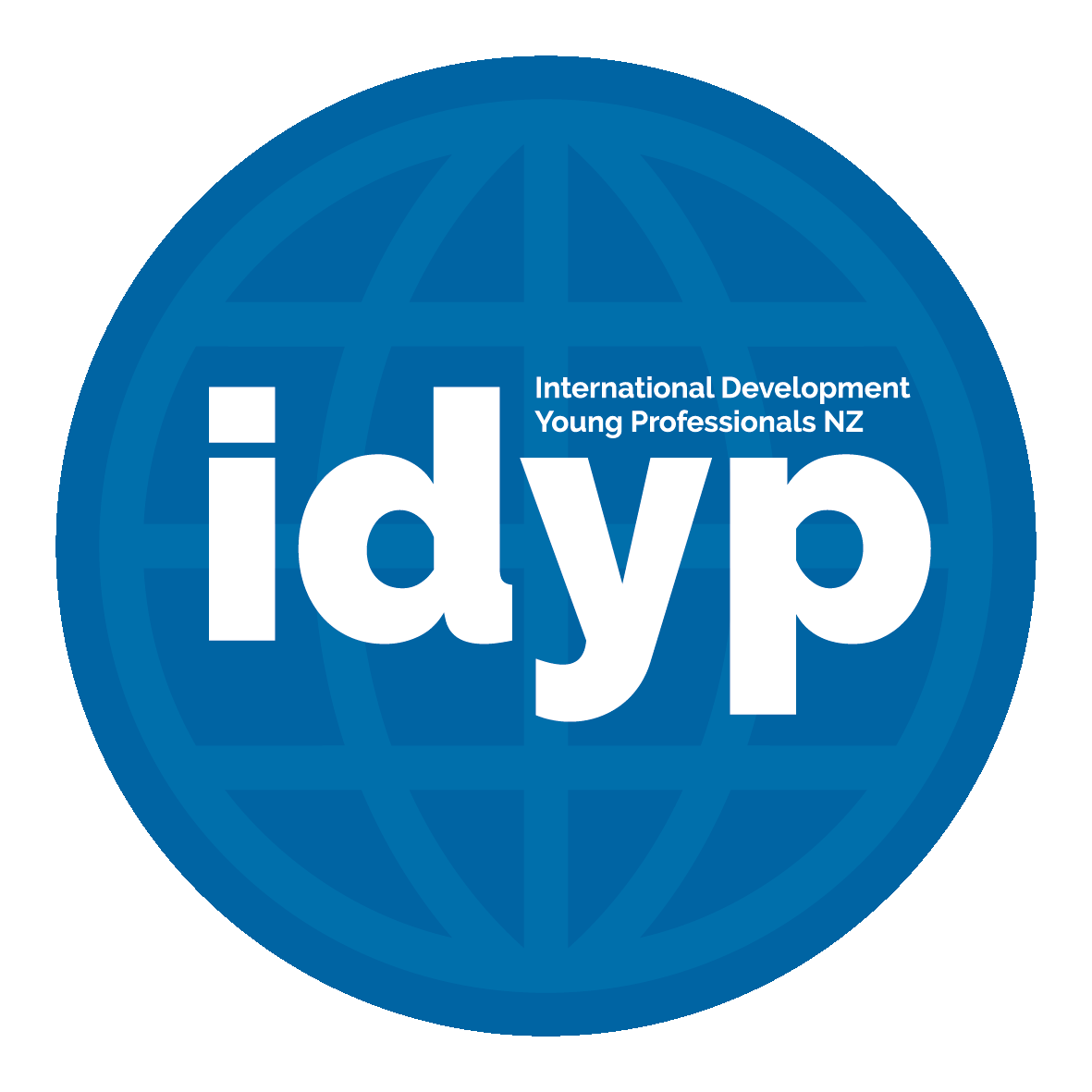IDYP: On South Sudan, Food Security and the Nexus
Juba, South Sudan
By Allison Dworschak, IDYP Treasurer
Hello from Juba,
I write this from a hot conference room. Juba is on the verge of the wet season and in the throes of Easter weekend celebrations. President Salva Kiir Mayardit and former opposition leader, and one of five designated vice presidents, Riek Machar are returning this week from a very widely publicized trip to Vatican City. Pope Francis doing his part to ensure the peace agreement is implemented. My colleagues chat with measured intrigue about the rumors that the curfew will IN FACT be pushed back from 7:30 to 9PM, leaving the majority of the evening open to visiting the growing number of restaurants that dot the city.
Eight hours in to my first trip to Juba, I felt hopeful. Could this young country really be through the worst of it? My humanitarian heart lifted. I began to imagine increasingly positive headlines about regional trade negotiations, cooperative oil agreements, price and currency stabilization, returnees from Uganda. My trip felt so well timed! We were there to work on a new strategy for agriculture resilience: two days planned with ministry representatives, small business owners and seed vendors, micro-finance institutions, peer agency and cluster leads. And maybe we had a window here to implement something fantastic.
But then our workshop kicked off, and I heard a different narrative. The concerns are wide reaching - five vice presidents feels to many like tenuous governance strategy, and even then there are groups who are without representation in government. Climate and rain variability continues to challenge the Nile River basin. Over the last year, the aid community and government of South Sudan have been able to reduce the number of people living in a Phase 4 food security emergency, but it’s still twice what we were seeing in 2016. 90% of the population is at least challenged to meet their food needs (Phase 2 and above). And the recent change in power in their strategic neighbor, Sudan, calls all the agreements over the oil fields in to question.
48 hours in to my trip to Juba, I was still hopeful, but acutely aware of the fragility all around me. Like how the air crackles before a thunderstorm. I think if there is a context that more clearly represented what we’re calling The Emergency X Development Nexus, I’ve not seen it yet. This calls for overlapping and mutually supportive strategies that ensure people can meet their most basic needs, while also improving livelihoods. Approaches must be conflict sensitive in a context where the conflict seems to shift under your feet daily. They must not undermine markets, which is really hard to avoid when keeping people alive demands large pipelines of food products being moved to remove areas.
I’m still working on this, as are many seasoned professionals, dedicated local public servants, and communities. But these problems are all entangled. We will have to be smarter than we’ve been before, work better together, and take great care.

